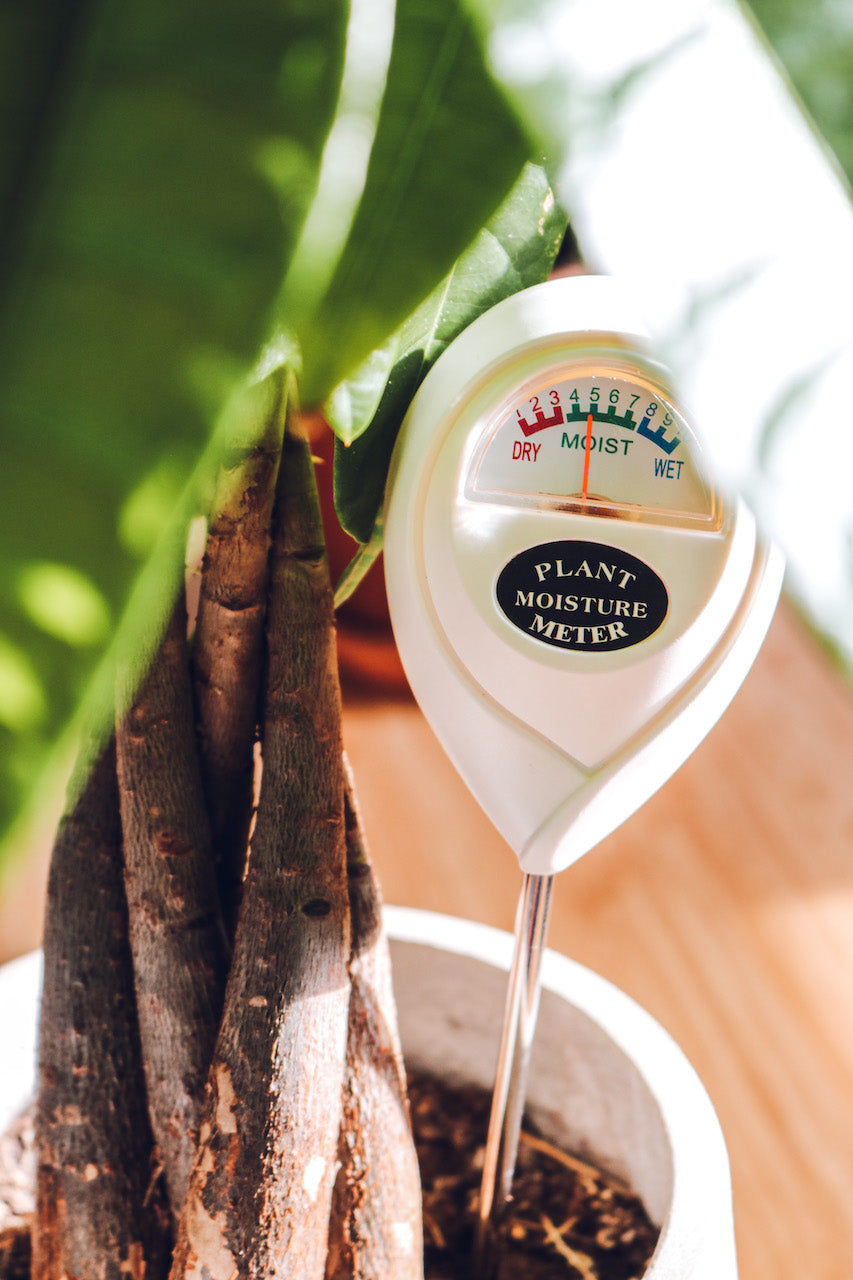How a Moisture Meter Can Enhance Your Construction Jobs and Stop Damages
How a Moisture Meter Can Enhance Your Construction Jobs and Stop Damages
Blog Article
Explore the Globe of Moisture Meters: Whatever You Need to Know
In the realm of dampness meters lies a globe of accuracy and practicality that often goes undetected. Recognizing exactly how moisture meters operate, the various types offered, and their varied usages can lose light on their importance in making sure top quality and efficiency.
Just How Moisture Meters Work
Moisture meters operate by measuring the electric conductivity or capacitance of products to establish the wetness material present. These meters are very useful tools throughout numerous markets, consisting of woodworking, agriculture, and building and construction. By making use of various methods such as pin-type or pinless innovation, dampness meters provide exact readings that assist professionals make informed choices.
Pin-type moisture meters work by placing the sharp pins right into the material being checked. On the other hand, pinless wetness meters utilize electro-magnetic signals to scan a larger area without causing any damage to the product's surface.
No matter the method made use of, dampness meters play a vital role in avoiding problems such as mold and mildew development, structural damage, or product issues triggered by excess moisture. Understanding just how these meters job is essential for making certain the quality and honesty of products in various applications.
Kinds of Moisture Meters
Provided the critical function wetness meters play in numerous markets, it is necessary to understand the various types readily available to specialists for accurately assessing dampness degrees - Moisture Meter. There are primarily two primary sorts of moisture meters: pin-type and pinless moisture meters

On the other hand, pinless dampness meters make use of electromagnetic sensing unit plates to scan a larger area of the product without causing any type of damages. This type appropriates for quickly scanning huge locations and is frequently utilized for flooring, wall surfaces, and ceilings. Pinless meters are convenient for taking analyses on finished surfaces without leaving any kind of visible marks.
Both kinds of moisture meters have their benefits and are chosen based on the details needs of the work handy. Understanding the differences between these types is vital for specialists to make precise wetness evaluations.
Applications Throughout Industries
Building and construction professionals depend on dampness meters to examine the wetness degrees in structure products like concrete, drywall, and wood, which is crucial for preserving architectural stability and stopping problems like rot or mold and mildew. The floor covering market utilizes moisture meters to determine the moisture material in subfloors prior to mounting various floor coverings, preventing pricey problems due to excess moisture. In the food sector, wetness meters are used to check and control moisture levels in products such as grains, nuts, and dried fruits to keep freshness and high quality.
Tips for Utilizing Moisture Meters
Make use of the dampness meter's calibration settings to make certain accurate analyses when determining the dampness material in various products. Additionally, make sure the meter is established to the appropriate moisture range for the material you are measuring to acquire the most specific results.
When making use of a pin-type dampness meter, put the pins to the ideal deepness suggested for the material being examined. This guarantees that the moisture analyses are drawn from the proper deepness within the product, providing a more precise representation of its dampness content. For pinless wetness meters, keep in mind to keep correct call with the material's surface area to get reliable readings.
Routinely examine and replace the batteries in your dampness meter to avoid imprecise analyses due to reduced power. Shop the meter in a secure and dry location when not in usage to extend its life expectancy and preserve its accuracy. By adhering to these suggestions, you can make best use of the my link efficiency of your wetness meter and get exact wetness material measurements across different materials.
Maintenance and Calibration
To make certain the precision of moisture web content dimensions, regular maintenance and calibration of the dampness meter are crucial steps in its correct performance. Calibration readjusts the read more wetness meter to make sure that it offers reliable and regular results.
Calibration should be performed periodically, specifically if the dampness meter is made use of frequently or in crucial applications where accurate dimensions are required. Many wetness meters come with calibration tools or can be calibrated by specialist services. Moisture Meter. It is recommended to maintain a log of calibration dates and results to track the efficiency of the wetness meter gradually. By calibrating the dampness and keeping meter consistently, individuals can trust the accuracy of the wetness web content dimensions gotten.
Final Thought

In verdict, wetness meters play an essential role in various sectors by accurately measuring the wetness content of materials. Comprehending exactly how these gadgets function, the different kinds readily available, and correct upkeep and calibration are vital for obtaining dependable results. Whether in construction, production, or farming, using dampness meters assists ensure quality assurance and effectiveness in processes.

In verdict, dampness meters play a vital function in various industries by properly gauging the moisture web content of products.
Report this page